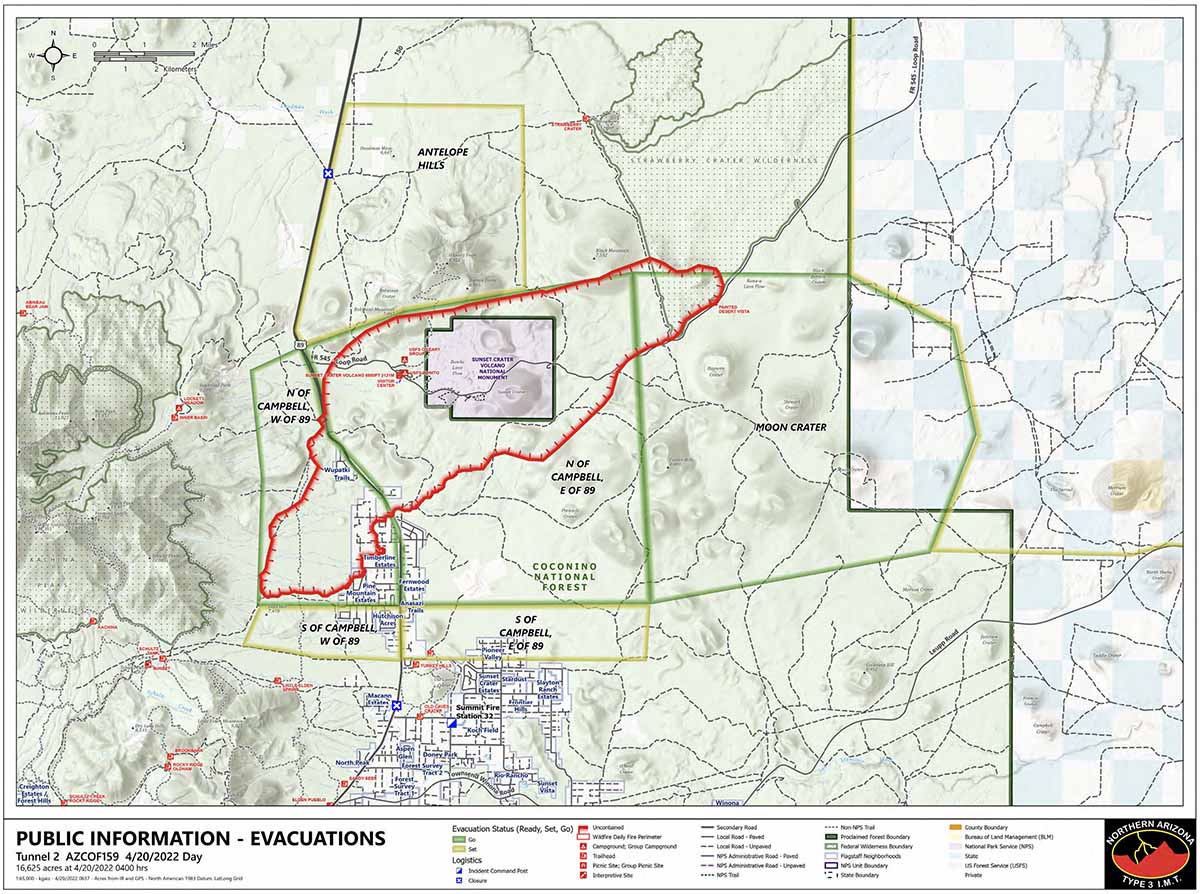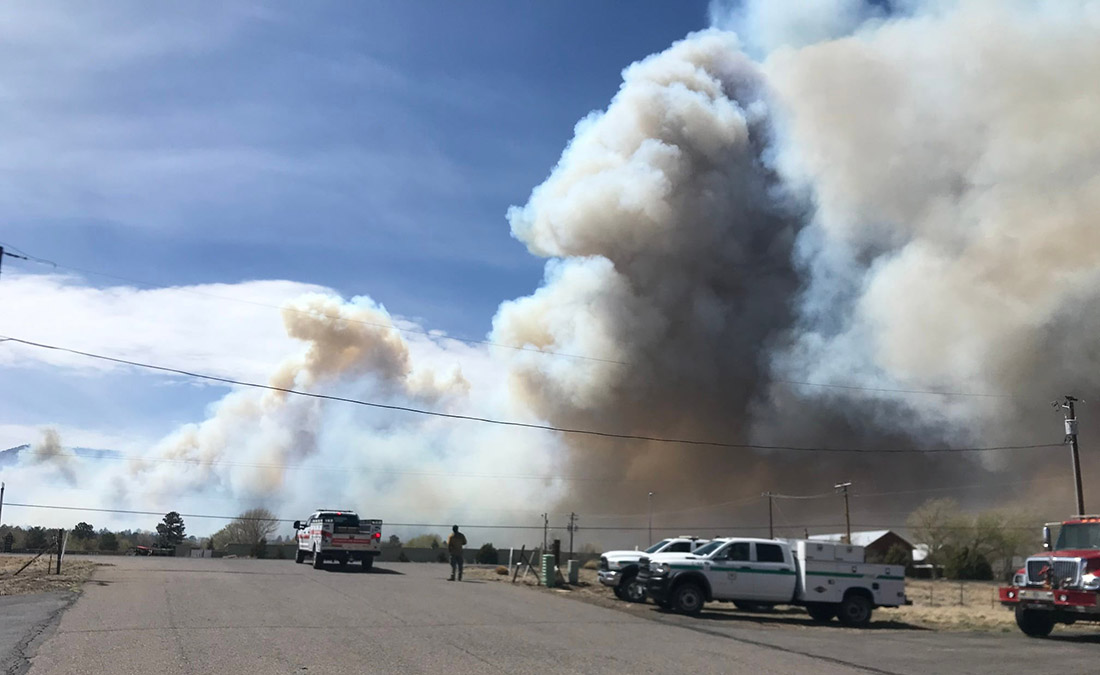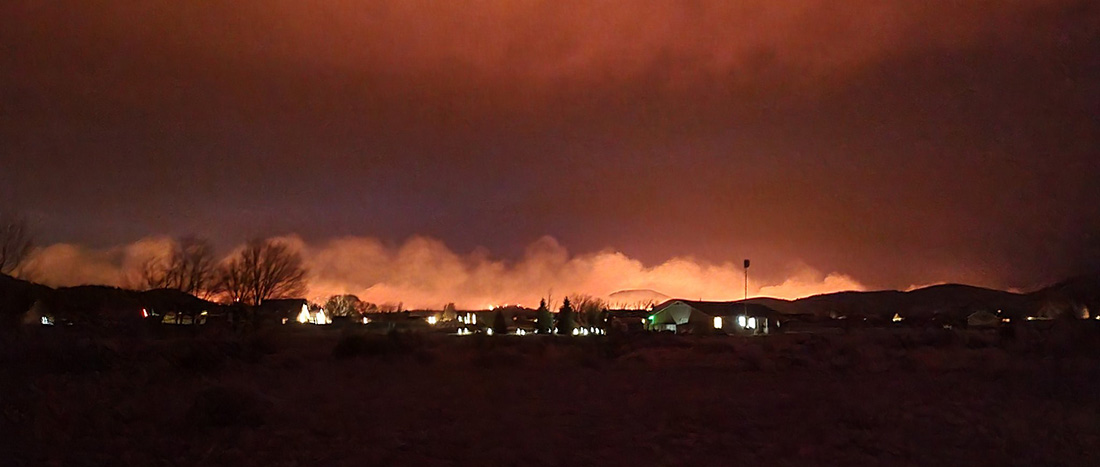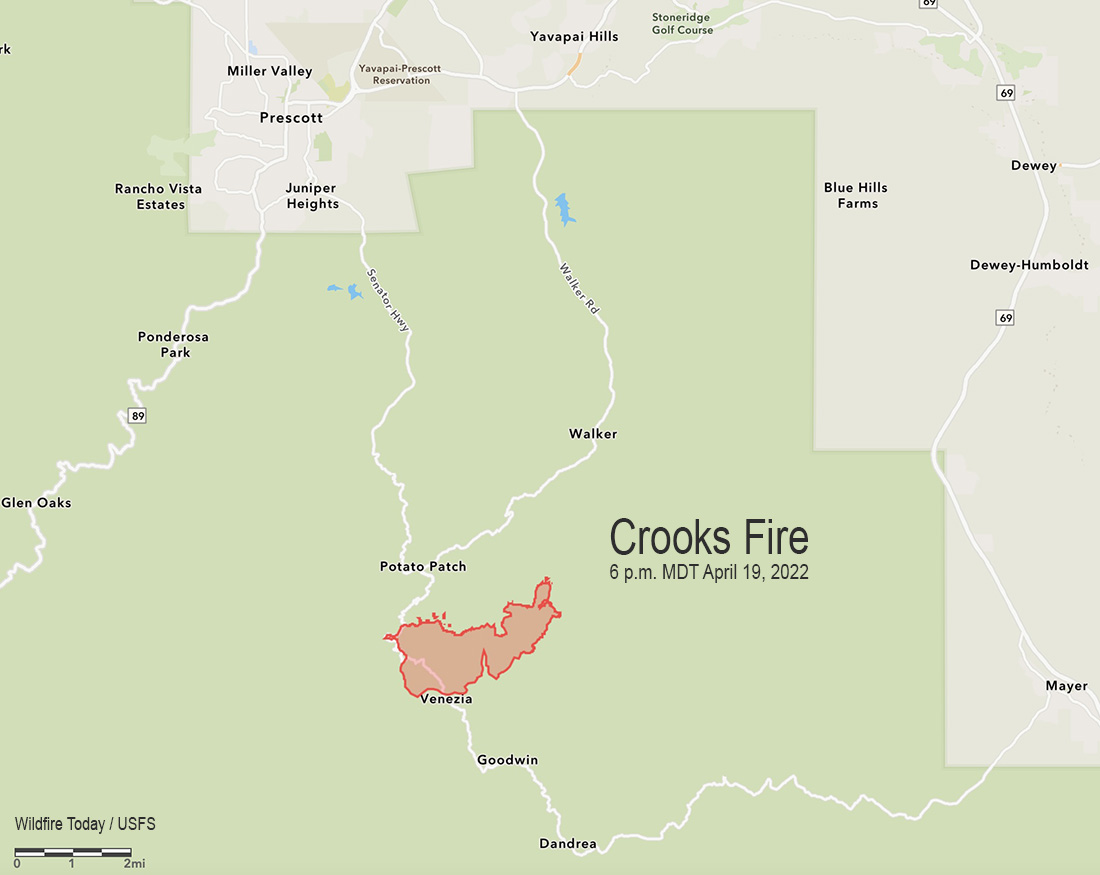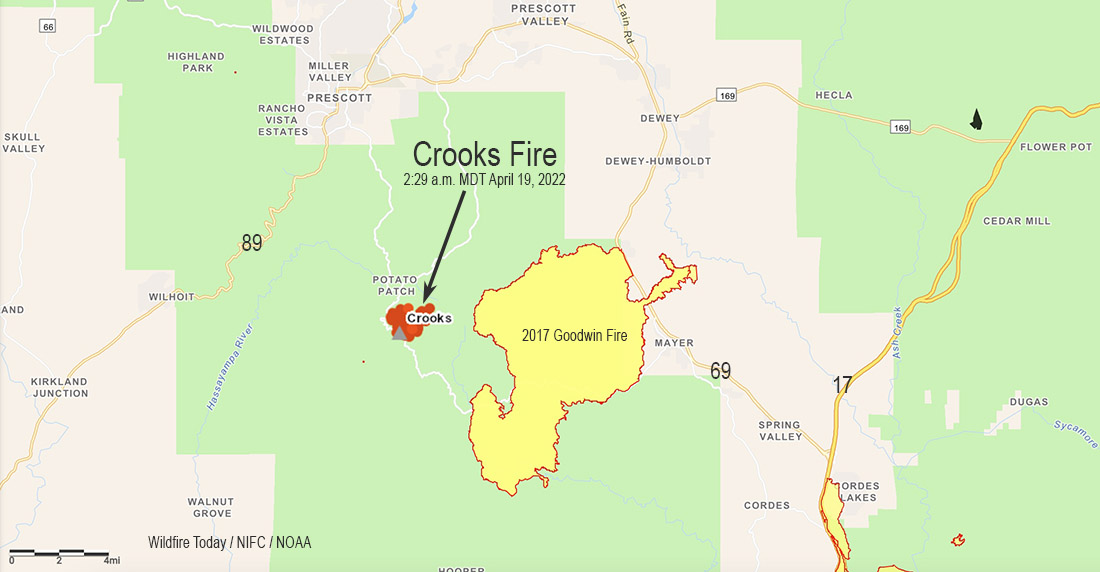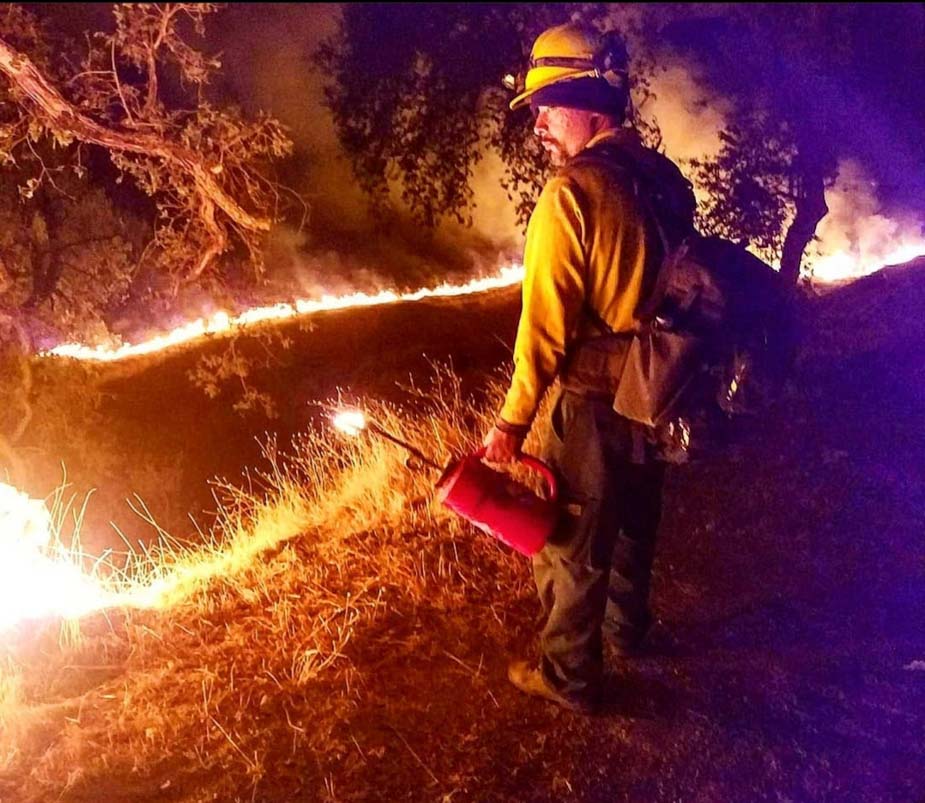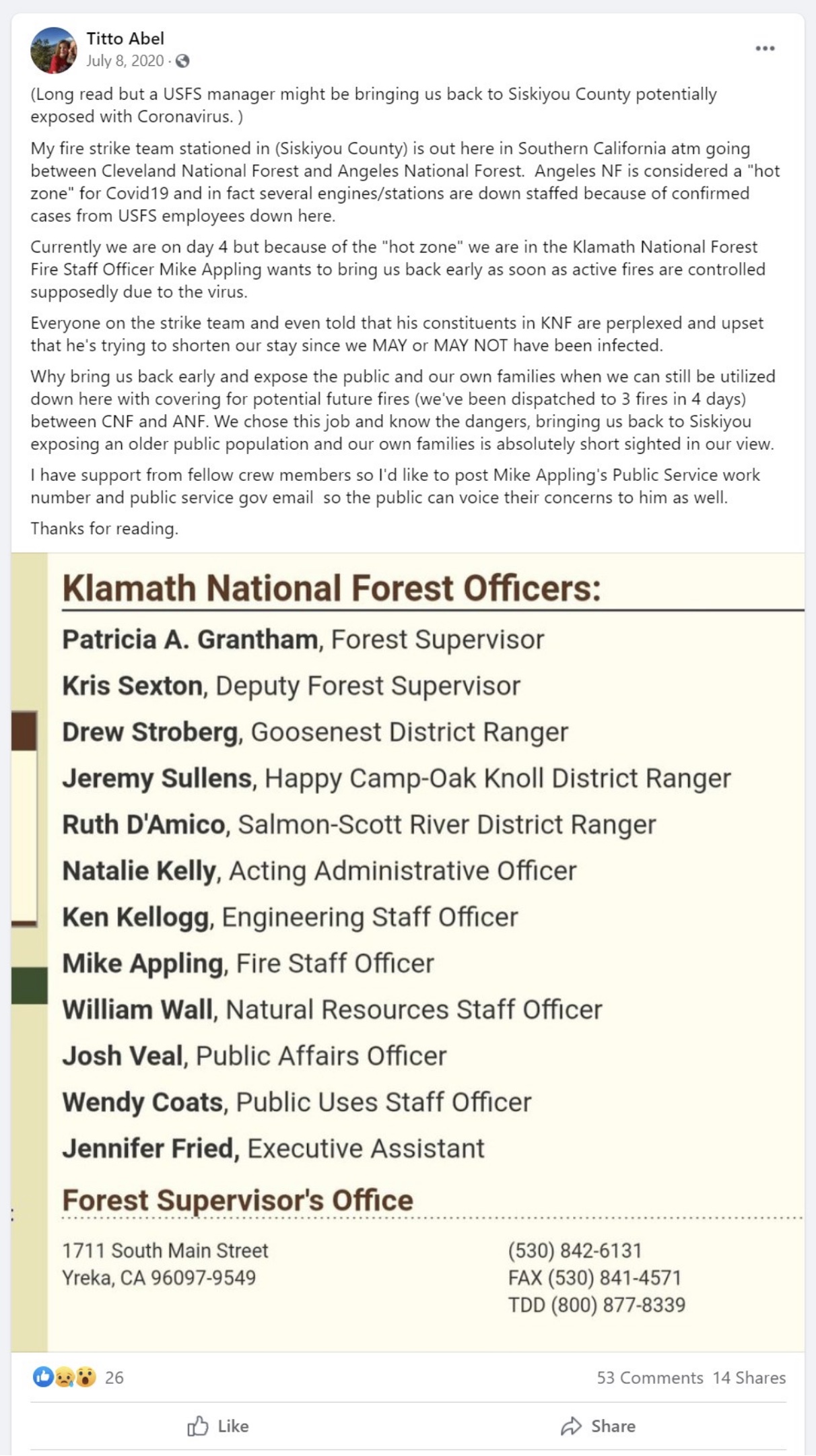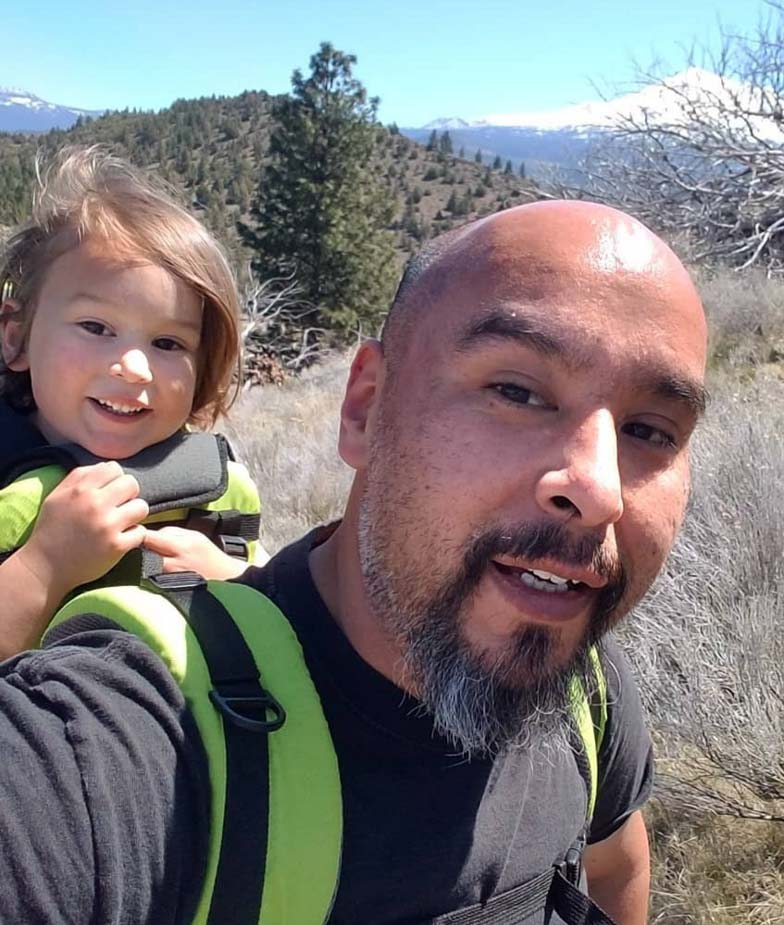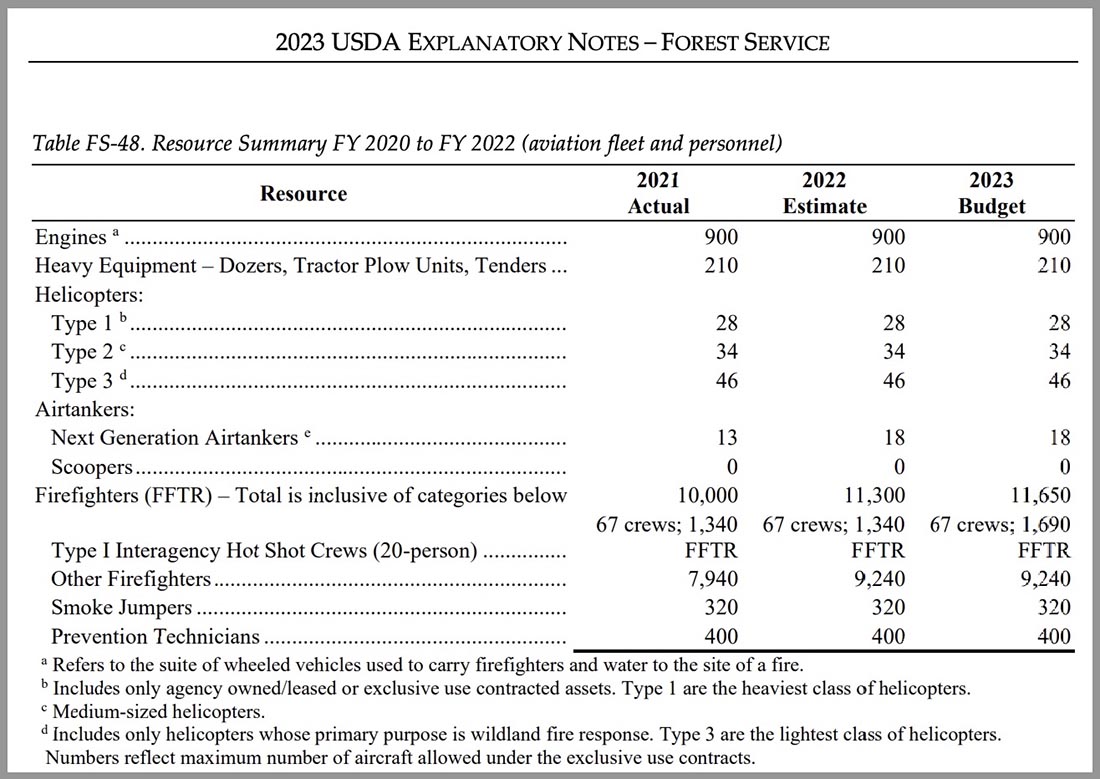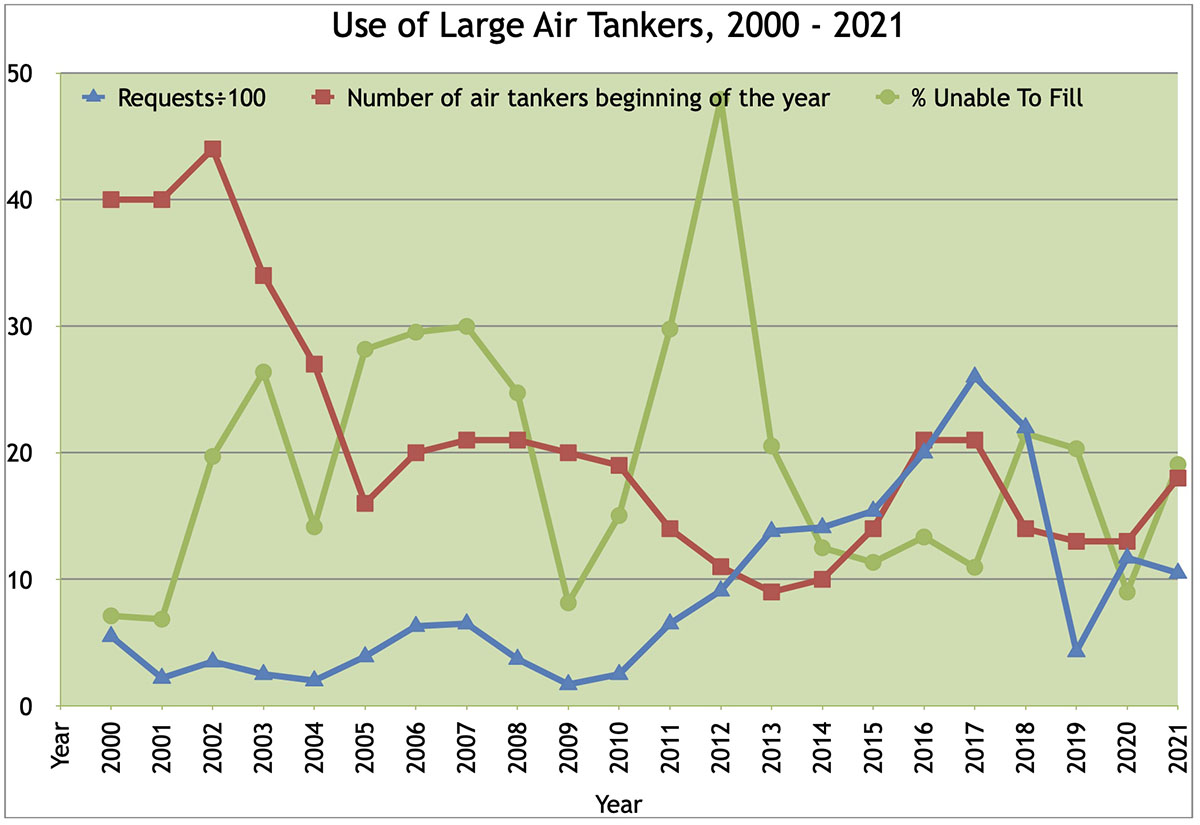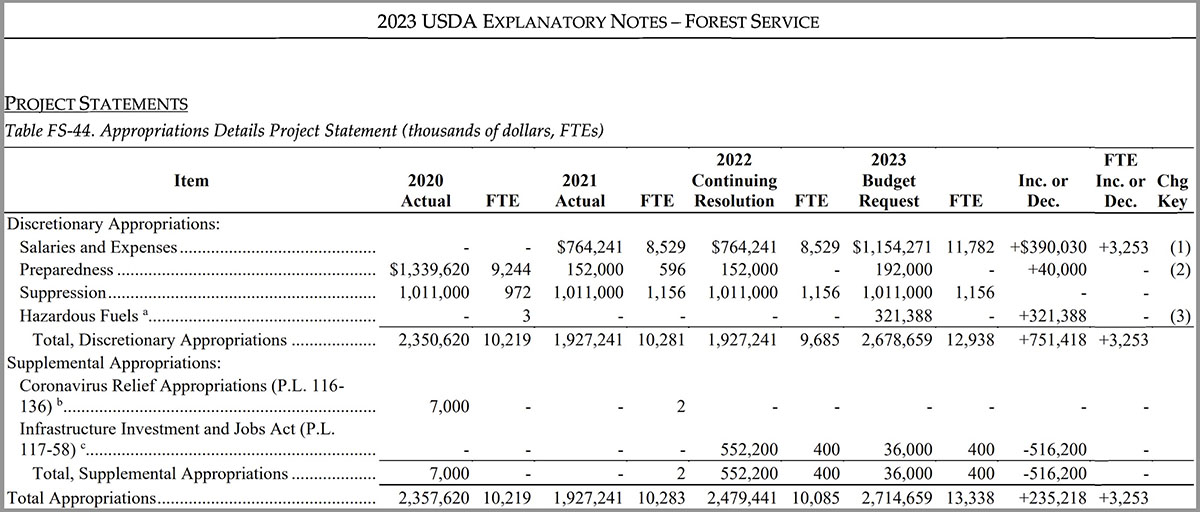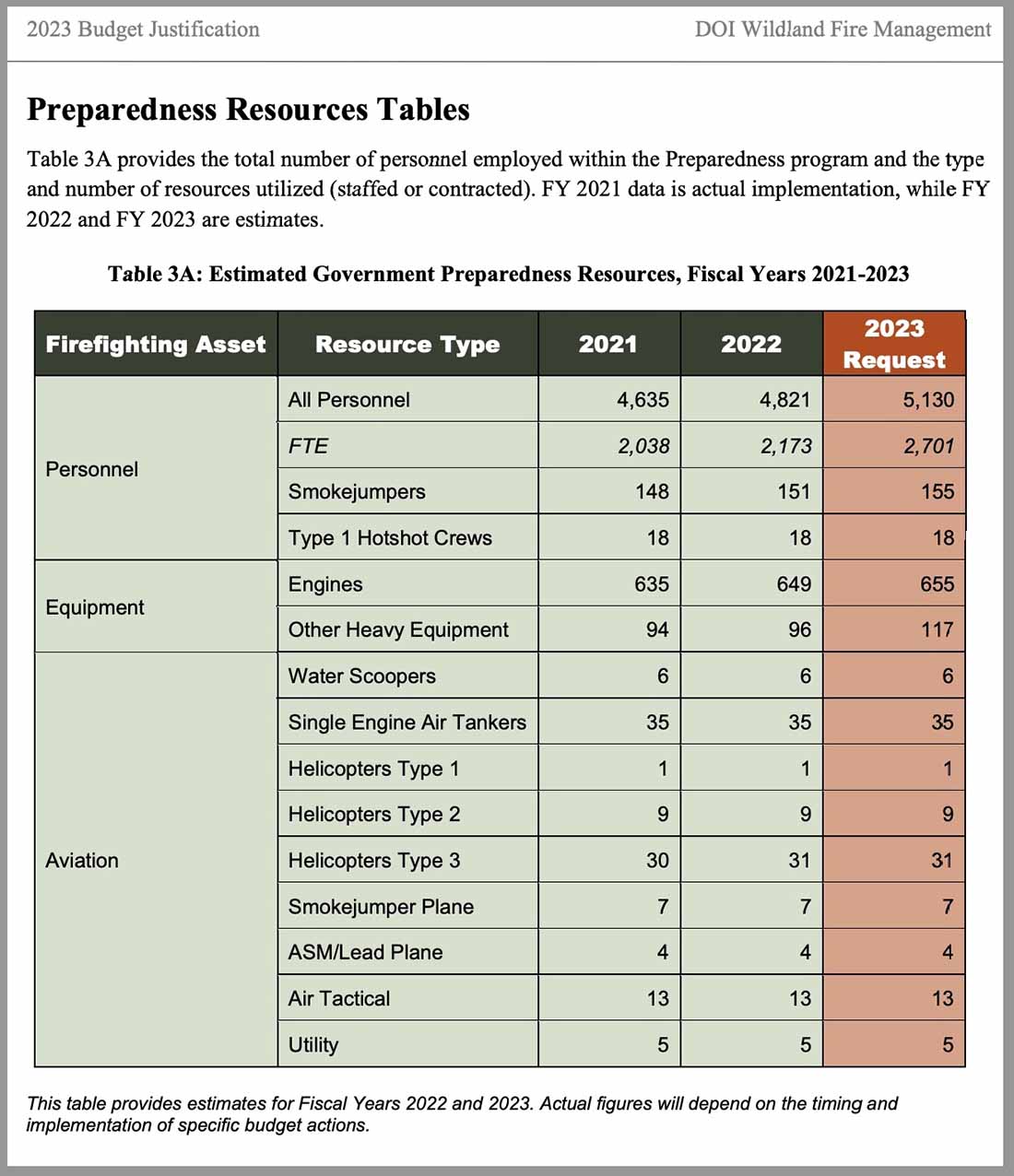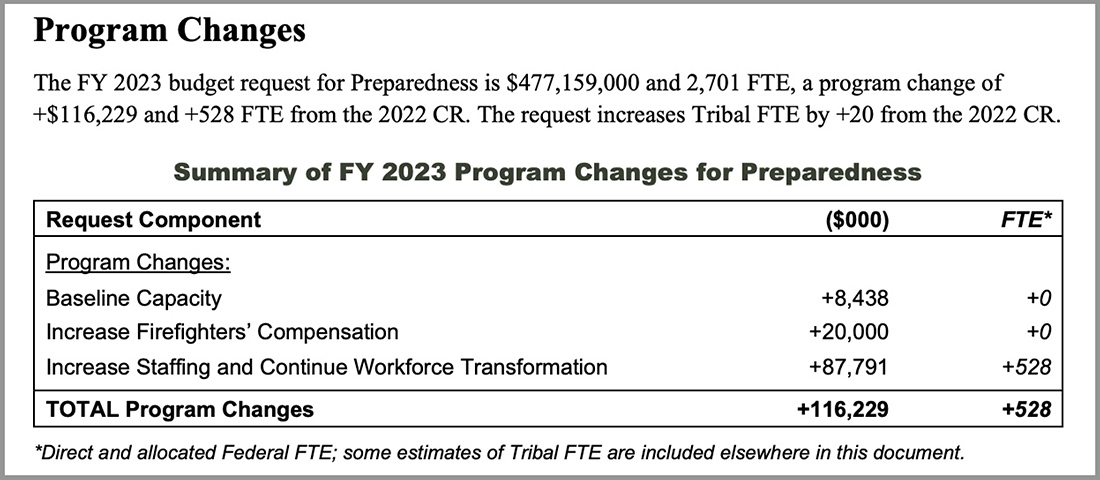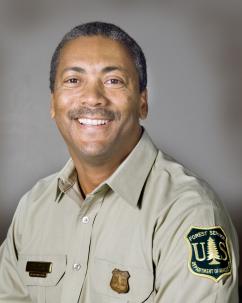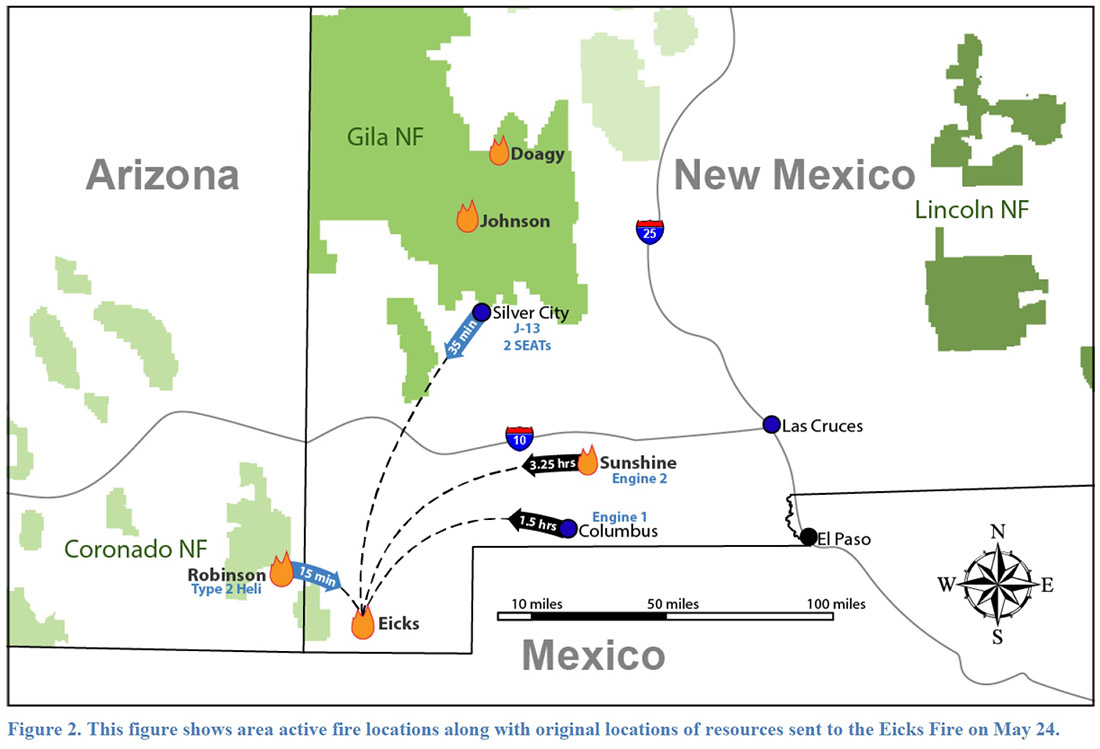
On May 24, 2021, Smokejumper Tim Hart was severely injured while parachuting in to the Eicks Fire in southern New Mexico and passed away on June 2. Today the US Forest Service released a “Learning Review — Technical Report”. Until now the only information officially released about the accident was that he suffered a hard landing in rocky terrain at the fire.
The 55-page report gets heavily, necessarily, into smokejumper technical information and jargon, but does a pretty good job of explaining so it is fairly easy for non-jumpers to understand.
The fire was in a very remote area on private land in the boot heel of New Mexico seven miles north of the US-Mexico border. Ground resources on initial attack included a couple of engines that were hours away and eight smokejumpers dispatched from Silver City, NM.
This is how the report describes the moment the hard landing occurred:
With Jumpers 4 and 5 on the ground, attention focused on Tim. He was still 200 yards southeast of the jumpspot and three-quarters of the way up the boulder-strewn ridge south of the bowl. He was flying up drainage 200 to 300 feet above the drainage bottom, hands positioned at quarter-brakes to full run. Those who could see the flight remember him flying in this direction for one to three seconds before the canopy turned 90 degrees to the left towards the center of the drainage. The cause of the 90-degree turn is unknown, as no one witnessed a left toggle input initiating the turn. At approximately 200 feet [above ground level] the canopy increased in speed and “came out of the air super-fast, like he got caught in a burble.” The Jumper in Charge (JIC) turned to Jumper 2, who had a streamer held high as a wind indicator for the other Jumpers, and exclaimed, “Are you seeing this right now?” Tim’s hands were on the toggles, and the JIC thought, “You need to turn, anywhere but where you are on final,” and waited for a turn at the last second. The JIC said he had “never seen an angle of attack on a Ram-Air like that before.” The JIC and Jumper 2, without another word, began running towards where Tim was going to land, calling to him without hearing a response. Tim had landed on the side of the drainage, uphill into “rocks the size of garbage pails.”
Thankfully, four of the seven jumpers assisting Tim were EMTs. He had a head/neck injury, was unconscious, had a weak pulse, and other injuries. The jumpers on the ground called for the trauma bag to be dropped from the jump plane. The EMTs stabilized his head and neck, administered oxygen, and splinted what was described as “secondary injuries.” Within 15 minutes of the patient being ready for transport and the landing zone being established, a medivac helicopter arrived on scene. He was extracted from the site one hour and 15 minutes after the injury.
Tim passed away nine days later.
The report describes how increasingly turbulent winds on the lee side of a ridge resulted in very complex wind patterns at the jump spot. Two subject matter experts, W. Kitto and M. Gerdes, wrote in Appendix D:
The accident pilot flew into an area where the conditions were not only challenging, but most likely intolerable (turbulence in excess of the parachute’s limitations), i.e. any pilot of any skill level on any similar equipment would likely have been unable to prevent a hard landing, due to rotor. Mechanical rotor turbulence alone or combined with thermal turbulence can easily create “unflyable” conditions.
From the report:
“Tim began as a smokejumper rookie in 2016 and was trained on the Forest Service Ram-Air parachute system. He was beginning his sixth season as a smokejumper, with a record of 95 jumps (73 proficiency and 21 fire). In 2021, he was on his third stint as a Silver City, NM, Smokejumper detailer. Tim had two previous fire jumps out of Silver City, one each in 2018 and 2019 on the Gila National Forest. Over that same time period, he had three proficiency jumps out of Silver City, all at the Fort Bayard practice jumpspot, the most recent on May 22, 2021.”

Thanks and a tip of the hat go out to Ben.

